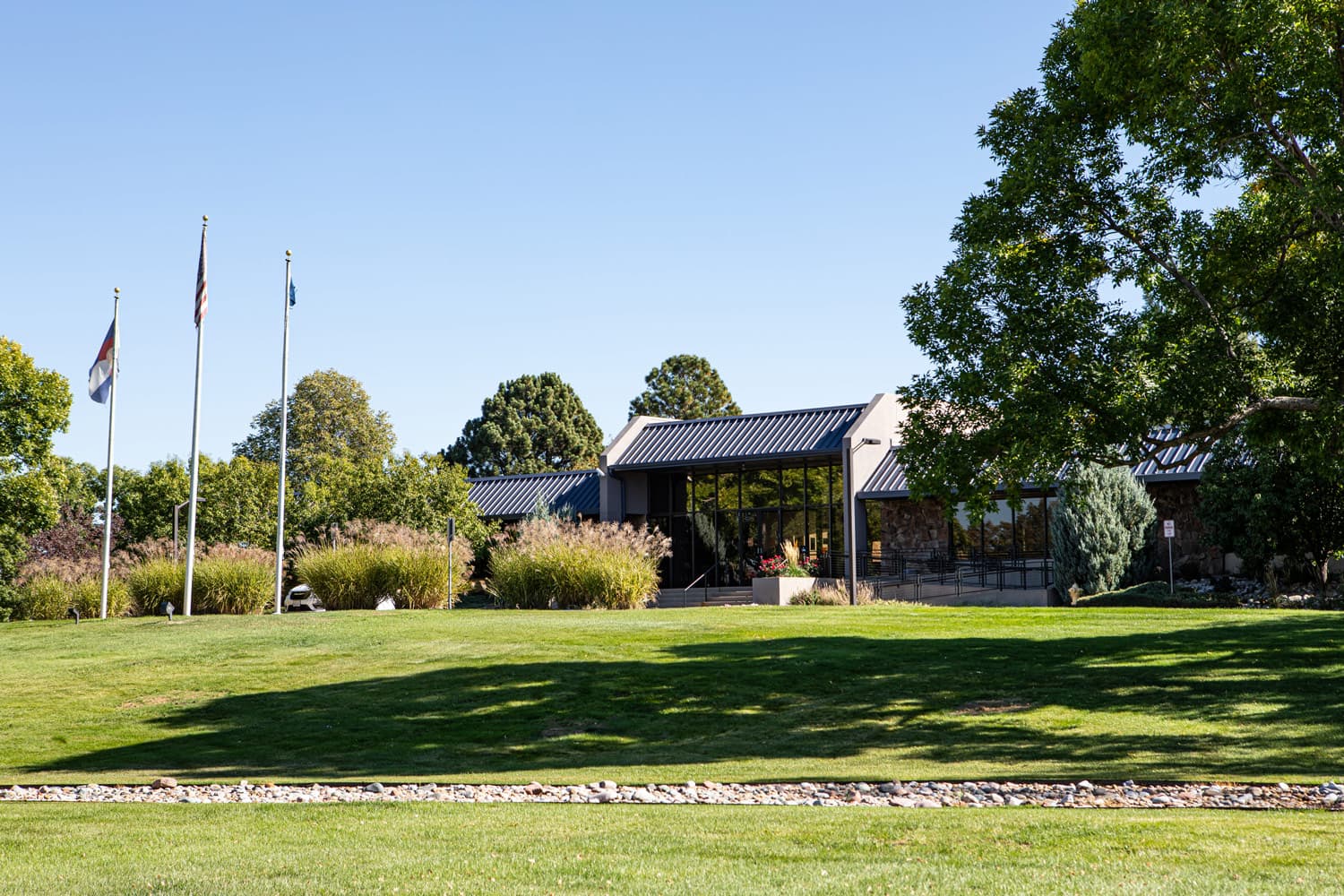By Kelcey McClung – Reporter, Denver Business Journal
Nov 20, 2018, 7:40am MST Updated Nov 20, 2018, 3:12pm
Denver ranks third in the nation for net office absorption, according to recent data from Cushman and Wakefield.
Between the first and third quarters of this year, Denver absorbed 2.2 million square feet of office space, topped only by the San Francisco and New York-Midtown markets.
“Historically, it’s pretty dramatic,” Todd Wheeler, vice chairman at Cushman and Wakefield, said of Denver’s rank. “In the last year and a half, we’ve really elevated our presence nationally.”
The economic activity that has come along with that absorption has “really reflected job growth,” he said, as that’s what leads to the absorption of office space. Some of that absorption Wheeler has played a role in himself, recently representing VF Corp. (along with his partner, Steve Billigmeier) on its lease signing at 1551 Wewatta St. Wheeler was also involved in Slack’s lease signing at 16 Chestnut.
Something important to note about recent business activity and absorption, Wheeler said, is that markets internal to the continent – such as Denver, Dallas and Austin – are really getting into “almost the same stratosphere of activity as the coastal markets.”
“Which is really the first time, certainly since I’ve been in the business, that we’ve been in that position,” he said. “It’s significant that the coastal markets aren’t completely outpacing us during a period of economic expansion.”
Wheeler said it will be interesting to see if Denver can maintain its momentum, attracting businesses and increasing the diversity of those businesses — in other words, if the city will be able to keep pace with those other leading, traditionally second-tier markets, like Austin, that could be on their way to first-tier status.
What buyers are looking for
Denver is supply constrained. Part of that stems from what Wheeler calls a “strange dance” that’s going on between what users are demanding and what the market can otherwise produce.
Today’s users, unlike in the ’80s, demand something that’s not high-rise. The issue with that, Wheeler explained, is that if a lot of square footage is delivered in a low-rise profile, it takes up a lot of land, which leads to logistical and cost issues.
“They don’t necessarily match up,” he said of users’ wants and the markets’ needs.
In the case of 1144 Fifteenth, which finished earlier this year, and Block 162, which broke ground this year, Wheeler said you have to wait for more traditional corporate users to lease them to be able to justify making that kind of move.
“You can’t rely on the technology [companies] quite as much,” he said.
The VF Corp. lease deal was an example of that, he said. The outdoor apparel giant is not a true tech company but has “very much a technology mindset,” in that the company wants the best working environment it possibly can create for its staff.
It made it problematic to bring VF into the market, and have its new Denver headquarters fit into the one product type that every other user who is active in the market wants to have, he said.
When asked if the lack of supply worried him, Wheeler said there were times within the VF transaction where he and partner Billigmeier were saying “If we can’t find the right dynamic for them to be able to land, would it discourage them entirely from this market?”
And that’s not entirely unheard of. Years ago, John Cushman, who is now chairman of global transactions and of the board, represented The Boeing Company, and they looked hard at Denver but picked Chicago instead, Wheeler said. This decision was made largely because of the availability of product.
So while Denver has been pragmatic and careful about building office high-rises since the big bust of the ’80s, the downside of that has been the lost opportunity cost in not attracting bigger businesses because they literally have nowhere to land, he said.
The Union Station neighborhood is figuratively on fire – new tenants include VF Corp., Slack, and now Facebook, plus several notably large transactions have occurred this year. But that doesn’t surprise Wheeler.
“We always knew that area was going to kill it,” he said.
He credited the “cool, creative spaces” in the area to great architects, and the successful coming together of “many divergent interests.” A lot of competing developers, brokers and architects came together to “tell the story” and create the imagery that illuminated the story of Union Station, he said.
But, there are a number of users that don’t want to be in LoDo, Wheeler said, because they do business on the other end of town.
That’s why Block 162 is exciting, according to Wheeler – because there will be a new element that hasn’t been offered to them in the market they like to do business. Wheeler said he thinks it’s the first time Denver has been able to deliver a middle-of-the-market, new construction project.
“It’s also the first project that’s sort of testing the wave of development to move back uptown towards the Capitol,” he said.
When Wheeler first started in the business, around 30 years ago, he said the wave started developing that pushed users towards LoDo. It came down to Union Station, hit the seawall, and now it’s going to come back, he said. Just as a wave does, he said it will come back up town, and find spots that it can really settle in and take hold.
“That’s what Block 162 is,” he said.


